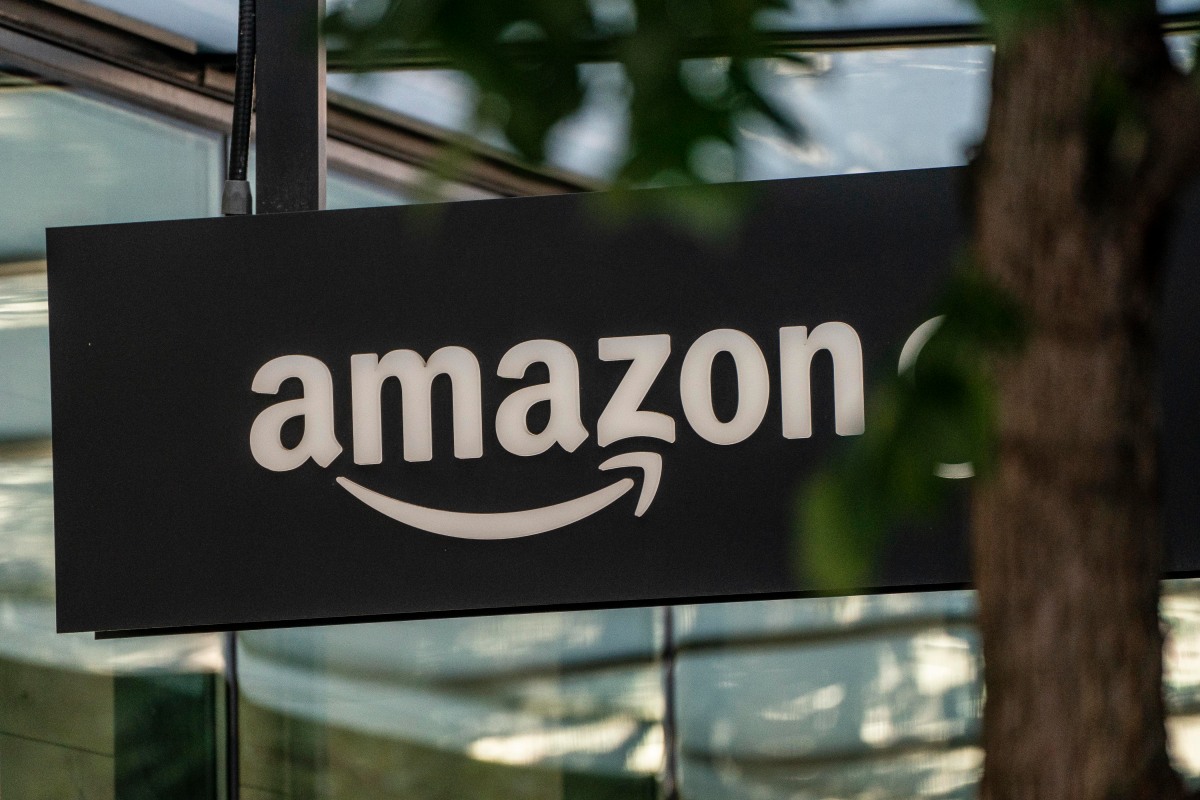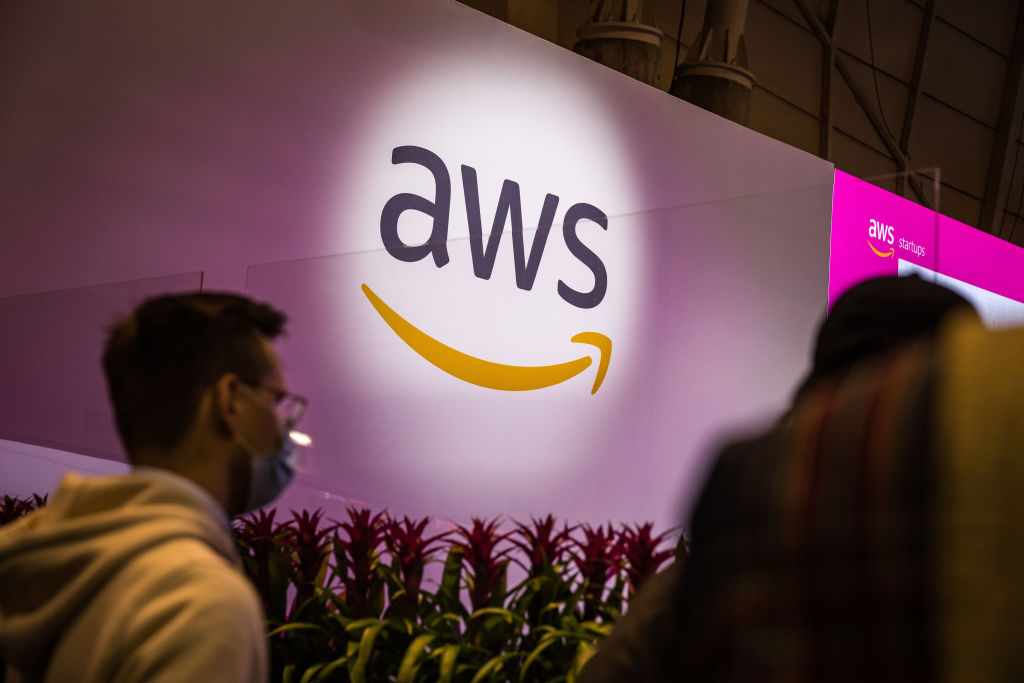Amazon’s income dipped in Q3 2022 as the economy took its toll • ZebethMedia
Amazon suffered steep losses in year-over-year income as post-pandemic shopping habits and inflation threw the retailer for a loop. In its third quarter 2022 earnings report today, Amazon revealed that operating income decreased to $2.5 billion in Q3 2022 compared to $4.9 billion the same quarter last year, while net income dipped to $2.9 billion versus $3.2 billion during Q3 2021. Operating income refers to earnings after expenses excepting the cost of debt, taxes, and certain one-off items. Net income shows the profit remaining after all costs are subtracted from revenue generated from sales. Amazon noted an operating loss of $0.4 billion in North America in Q3 2022, an unfavorable outcome compared to the nearly $1 billion in operating income the company reached in the quarter a year ago. Internationally, the tech giant fared worse, notching a $2.5 billion operating loss versus Q3 2021’s $900 million loss. As is usually the case, Amazon Web Services (AWS), Amazon’s cloud services division, was a bright spot in an otherwise gloomy quarter, with AWS’ income reaching $5.4 billion in Q3 2022 versus $4.9 billion in the same quarter last year. That is, however, down from the $5.72 billion in operating income that AWS raked in during Q2 2022. On news of Amazon’s Q3 losses, the company’s stock dropped ~20% in after-hours trading. “We’re … encouraged by the steady progress we’re making on lowering costs in our stores fulfillment network, and have a set of initiatives that we’re methodically working through that we believe will yield a stronger cost structure for the business moving forward,” CEO Andy Jassy said in a press release. “There is obviously a lot happening in the macroeconomic environment, and we’ll balance our investments to be more streamlined without compromising our key long-term, strategic bets.”

